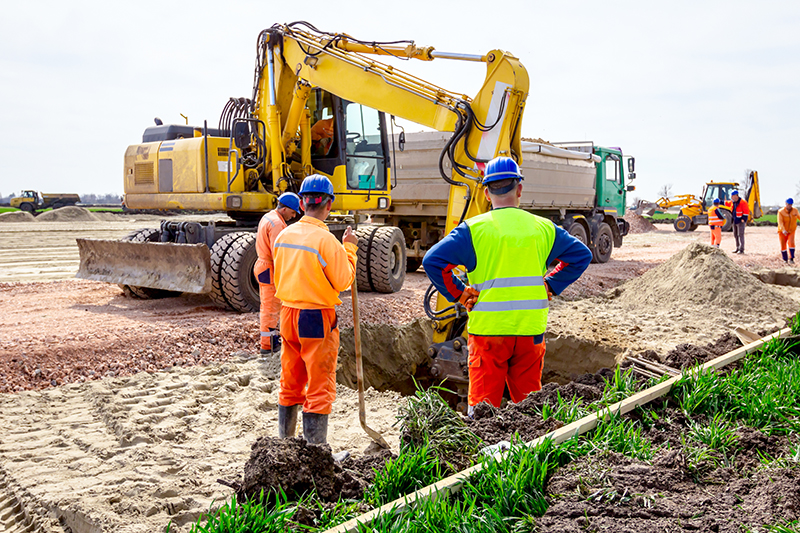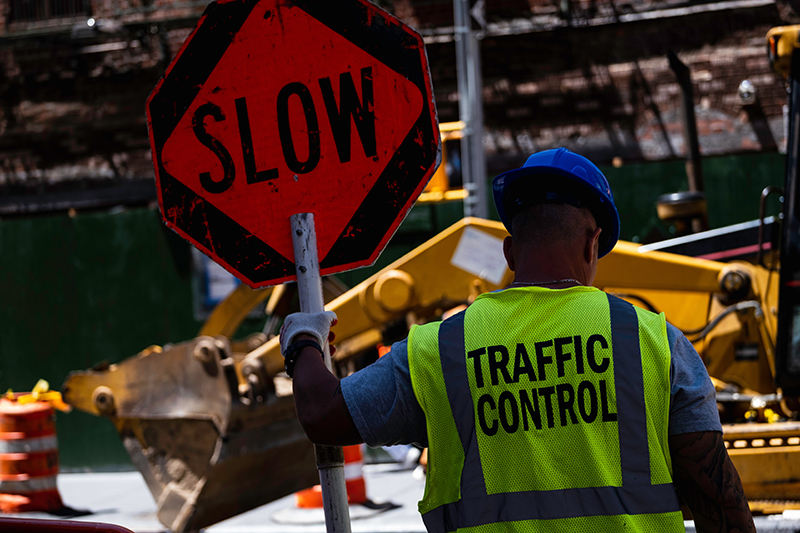A construction site is a place full of activities. You’ll find workers and heavy machinery moving around. Such an environment is full of safety hazards, increasing the rate of construction site accidents and injuries. Based on this, it’s advisable to manage traffic on these sites.
How will you implement construction traffic management as a project manager or contractor in Australia? Here are some practices:
- Hire An Expert
As the introduction states, the construction site is quite busy, and traffic can be hectic. As a project manager, you have a major role to play. The aim is to complete the project within the timeframe and deliver quality. Doing this takes much time, and you might not have enough to worry about traffic on site.
It’s always advisable to do what you do best and leave the rest to other experts. It’s a phrase to adopt in this case. It’d help to hire a traffic management company. They have the expertise and tools to manage traffic on your site as you execute the project. But as you do this, ensure the company has the job experience.

- Create A Traffic Plan
It’s said that failing to plan is planning to fail, which isn’t further from the truth. Planning helps you to understand the real picture and devise ways to execute your end goal. In this case, the end goal is traffic management. Therefore, a traffic plan is a must-have strategy.
Arriving at this plan requires you to map out the activities on your site. With this in mind, you’ll create a plan that ensures a continuous flow of activities without collision between machinery and workers. For instance, you can schedule deliveries before or after working hours. Here, the workers won’t be in the way of machinery as they deliver materials on-site.
Some tools can assist you in developing this plan. They’ll study your site and its activities and suggest a traffic plan that works for you. Alternatively, a traffic management company Melbourne or near your area can also assist you.
- Zone Your Site
Managing traffic without zoning can be challenging. You’re likely to find workers and trucks colliding since there are no designated areas for activities.
You’ll sometimes find workers stopping work to give way to lorries delivering materials, or vice versa. The result is unproductivity which interferes with project delivery. It’d help to zone your site.
Zoning involves marking out areas for each activity. For instance, you can have an entry and exit point for vehicles to prevent reversing, which is likely to cause accidents. It’ll also prevent the stopping of traffic flow as vehicles pave the way for each other.
You can also create no-go zones for both workers and heavy machinery. It prevents collision and each of these interfering with the work of the other. Here, you can use signage or warning tapes to mark the areas.
- Train Your Workers
Planning requires you to involve the people the plan affects. In this case, you want to bring on board your workers on the traffic management system you have.
Start by explaining the importance of construction site traffic management and how it positively affects their work. Such an approach will make them root for the plan, increasing its chances of succeeding.
Next, explain to them the traffic plan, step by step. It’d help to give scenarios and examples to help them understand better. Follow this with a physical visit to the site and tell them the meaning of all the signs. Visual learning promotes better understanding and remembrance, which are both important.
Besides workers, your drivers and machine operators should be part of the training. They should also know about the traffic plan and rules you’ve set for them. For them, inform and show them the entry and exit points, loading and off-loading areas, and the speed limits to maintain on which path.
Lastly, consider informing your team of the consequences of not adhering to the traffic plan and the zoning rules. It’ll ensure your plan works.
- Adopt The Use Of PPEs
Personal Protective Equipment (PPEs) are always advocated for on construction sites. They mainly help to prevent accidents. Nevertheless, should they happen, they reduce the extent of the injury. As part of traffic management, PPEs are a must-have.
The PPEs you mostly require are visibility jackets, helmets, and safety shoes. Visibility jackets will ensure everyone on site see each other. At no given time will an operator head in the direction of a worker as they operate their machinery. The aim is to consider the safety of the other person.
Helmets and safety shoes will protect your head and feet in case of a collision with machinery. The machinery could accidentally drop an item they’re ferrying on you. Without the PPEs, the damage is likely to be extensive.
Conclusion
Traffic flow is important on a construction site. It ensures productivity that increases the chances of timely project delivery. The discussion above highlights the best practices in construction traffic management. Consider implementing them on your construction site for overall site efficiency.

